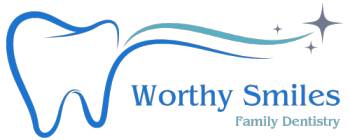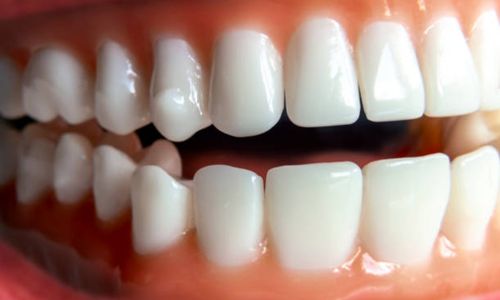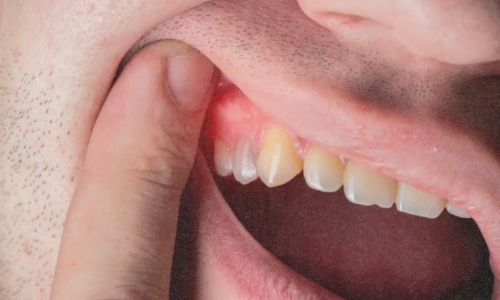Does Gum Tissue Define Your Jawline? Unveiling the Secrets of a Sharp Profile
Does gum define your jawline? Does bone structure solely determine it, or does gum tissue play a significant role? A strong, defined jawline is often considered a mark of beauty and attractiveness. It can create a balanced, sculpted look and enhance facial features. But what exactly defines your jawline? This article dives deep into the […]
Does Gum Tissue Define Your Jawline? Unveiling the Secrets of a Sharp Profile Read More »





